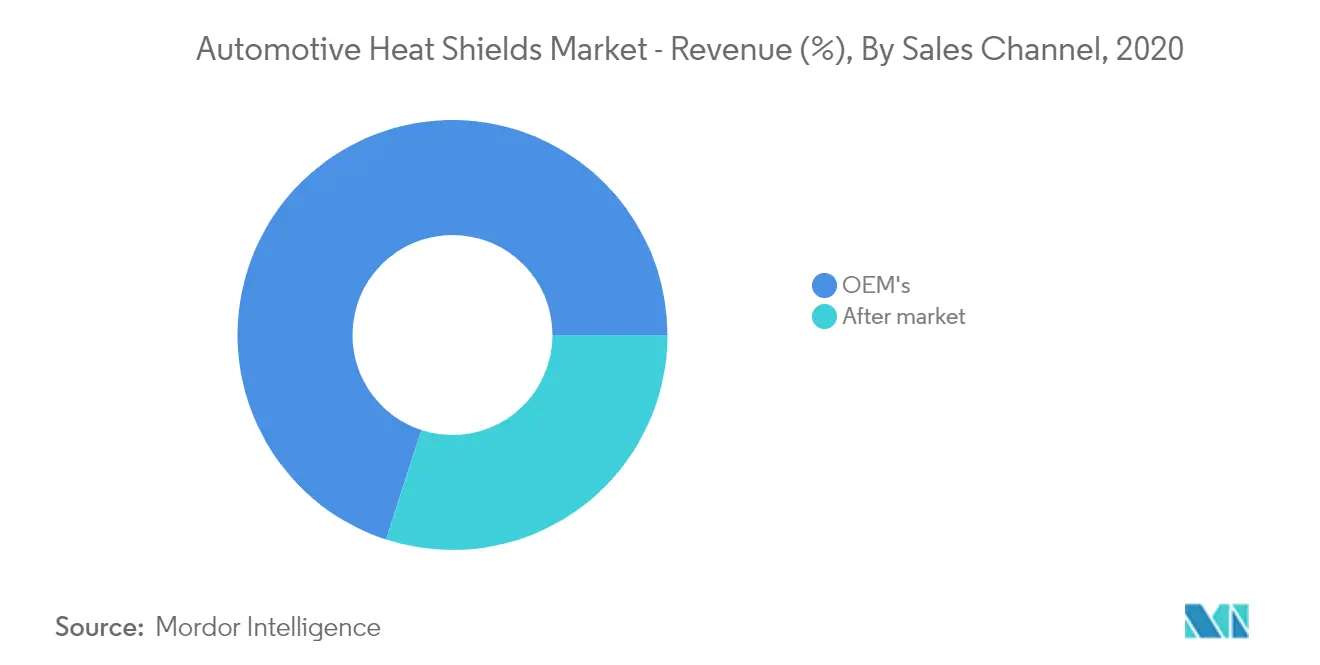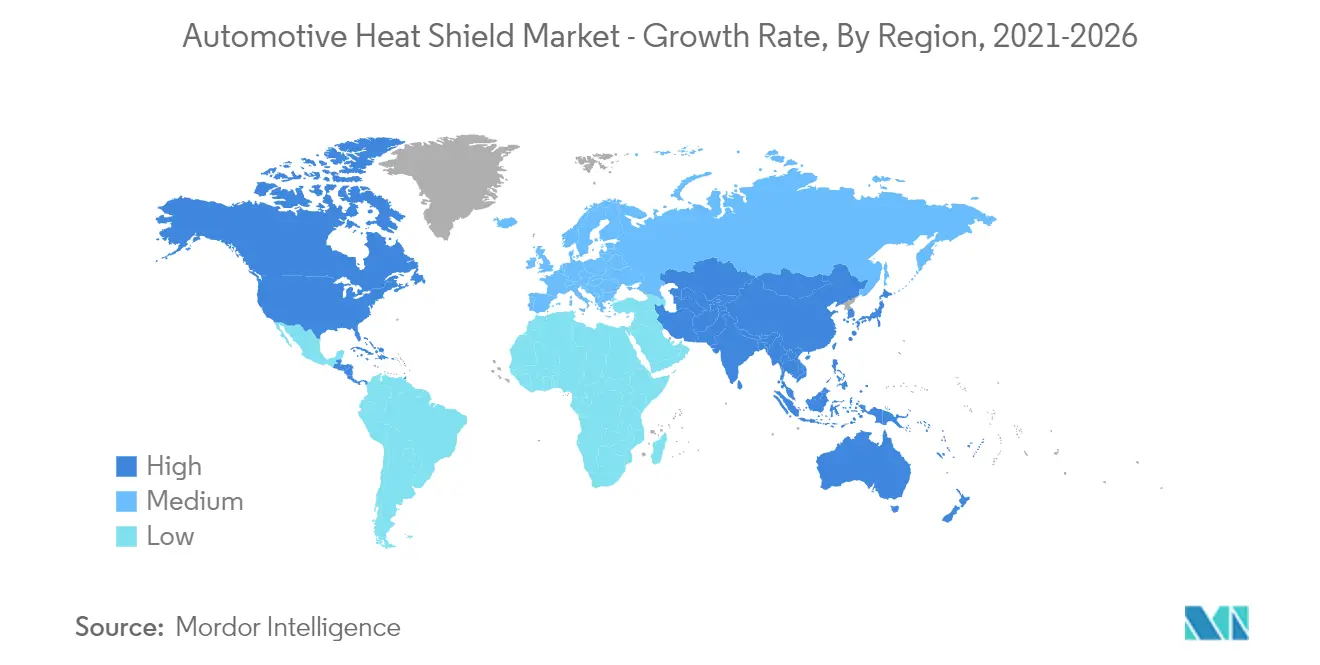Market Trends of Automotive Heat Shield Industry
This section covers the major market trends shaping the Automotive Heat Shield Market according to our research experts:
High Cost of Heat Shield in Aftermarket and Increasing Electric Vehicle Sales Restraining the Market Growth
The primary hindrance to the heat shield market is the high price of heat shields. The exhaust system must be possibly removed to fit the new heat shield. The aftermarket prices for the automotive heat shields are 1.5 times more than OEM prices of the same. Although it is recommended to change the heat shields every 100,000 to 150,000 kilometers, many car owners do not generally prefer to replace the old one with a new heat shield, owing to the price or lack of awareness of vehicle safety.
With the increasing emission standards, the need for the adoption of the electric vehicle has been a prominent initiative among various countries, globally. Though heat shields are being utilized in battery management systems, it is not as widespread as compared to IC engines. This is because of the reason that EV's generate far less amount of heat compared to engines.
Governmental incentives towards the EV industry and charging infrastructure to support customers and to reduce carbon footprint in the countries are also causing a dip in heat shield sales.
Due to the advancement of technology, automotive heat shield manufacturers have been able to bring the latest features to their products. Integration and customization of heat shields with high-end composite materials to ensure new and innovative heat shielding components for hybrid and electric vehicles.

Asia-Pacific is Dominating the Market
The automotive heat shield market is dominated by the Asia-Pacific region. Huge industrialization in recent times because of the availability of good natural and human resources, cheap source of labor, availability of raw materials, good transportation network, and investor-friendly industrial policies are some of the vital factors encouraging global companies to set up industries in these countries of the Asia Pacific region. Some of the major factors driving the growth of the market are increasing automotive production and sales in countries like India, China, and ASEAN Countries and the growing automotive components sector.
The demand for luxury cars has grown at a faster pace in the last five years. These luxury and sports cars require high-performance turbochargers to deliver performance and fuel efficiency. In the past five years, the demand for luxury cars in countries such as India, China, and Japan, has increased rapidly. The consumer preference for luxury cars as a status symbol has created even more demand. China has experienced the highest growth in the luxury car market.
The exhaust gases are made to work harder and spin the turbo before exiting the exhaust, making the turbocharger an important market for a heat shield. With an increase in the number of cars employing turbochargers, the sales volume of heat shields also increases.
In addition to the increase in luxury vehicle sales, the need for engine downsizing in smaller vehicles to be compliant with the emission standards is forcing the automakers to turbocharge even the entry-level vehicles. Turbochargers are expected to be in one of every two vehicles or 50% of the vehicles by the end of the forecast period. The high growth of turbocharged vehicles, especially in the fast-growing countries like China and India, is expected to drive the heat shield market at a faster pace.


